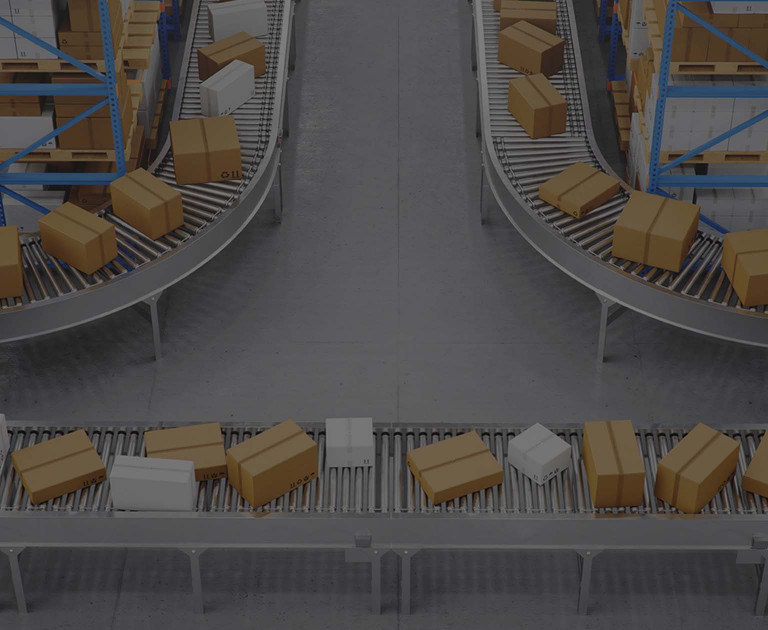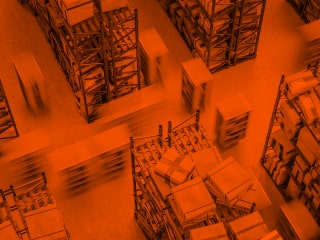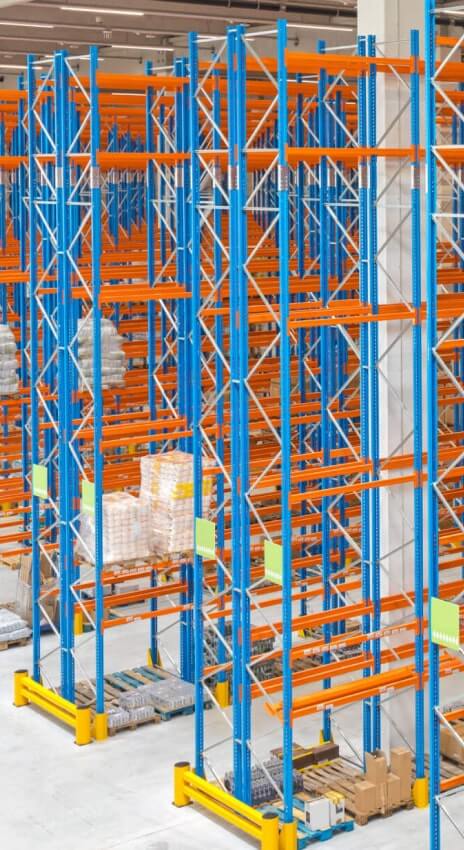Warehouse automation (and optimization of individual zones)

What tasks it solve
- Reduces the amount of cash resources frozen in stocks
- Allows you to reduce storage space
- Allows you to correctly manage inventory flows
- Optimizes the use of equipment, machinery, and personnel
What are the benefits of this service
- Reduces storage costs
- Increases the efficiency of warehouse operations
- Speeds up cargo handling processes
- Provides scalability of solutions
Description
Warehouse automation is a complex task that involves integrating software together with hardware. Automation can be complete and / or partial.
Full automation is necessary with a sustainable business that intends to further scale processes. Partial automation is advisable if certain processes or warehouse sections should be optimized. Partial automation, which is carried out by professional teams, can eventually be integrated into a full one.
In general, automation involves three components:
- work of the consulting team on the customer's project,
- purchase of licenses for the relevant software,
- software integration with correctly selected equipment and mechanisms.
The work of consultants consists in analyzing the warehouse's activities based on its financial indicators, existing warehouse errors and their dynamics, managing inventory and storage space allocated for them, evaluating the work of personnel, equipment and mechanisms.
In addition, consultants initiate the creation of project teams with the involvement of heads of structural divisions of the customer. This allows you to supplement the analytical cross-section with expert opinions of specialists by the client, which reduces the negative perception of changes in business processes.
Automation is not only the acquisition of licences for the WMS, it is also the acquisition and / or integration of existing equipment and mechanisms: auxiliary operating systems, databases, network laying and equipment installation.
Optimization of individual sections or processes may precede the process of full warehouse automation. This gives the customer the opportunity to quickly feel changes in the warehouse's work and make a more informed decision on further implementations.



How quality and control are implemented
Implementing automation has the following stages:



- Audit of logistics processes in-hous, physically visiting the premises, correction of data available in the management accounting system
- Analysis of qualitative and quantitative indicators by functional areas, operations, resources



- Formation of optimal schemes of material flows
- Development of appropriate technological solutions
- Creating simulation and visual models
- Selection of optimal mechanisms and equipment for business tasks and goals
- Development of clear criteria for measuring the effectiveness of proposed solutions



- Detailed development and approval of the final automation project
- Step-by-step action plan, setting out tools for achieving goals

